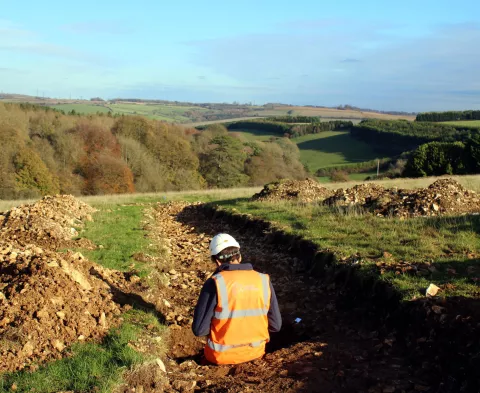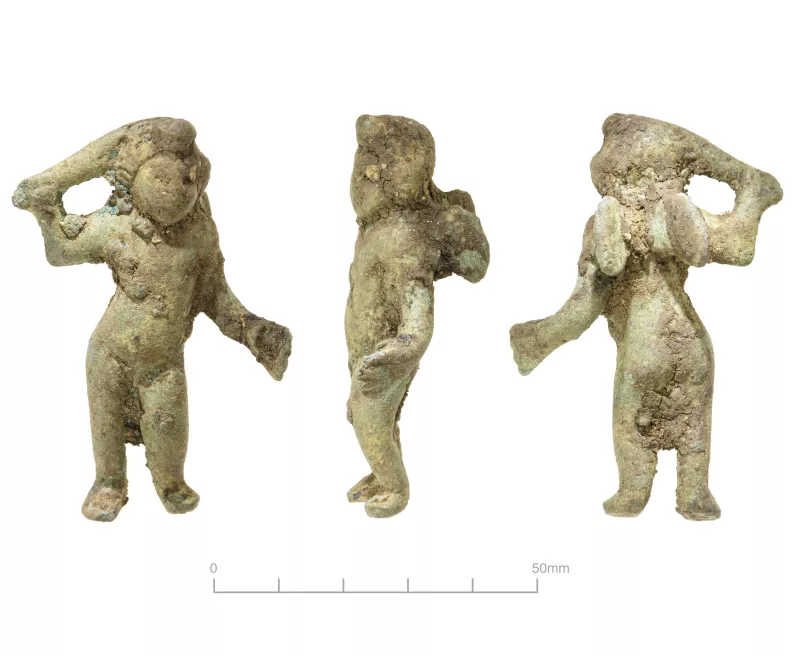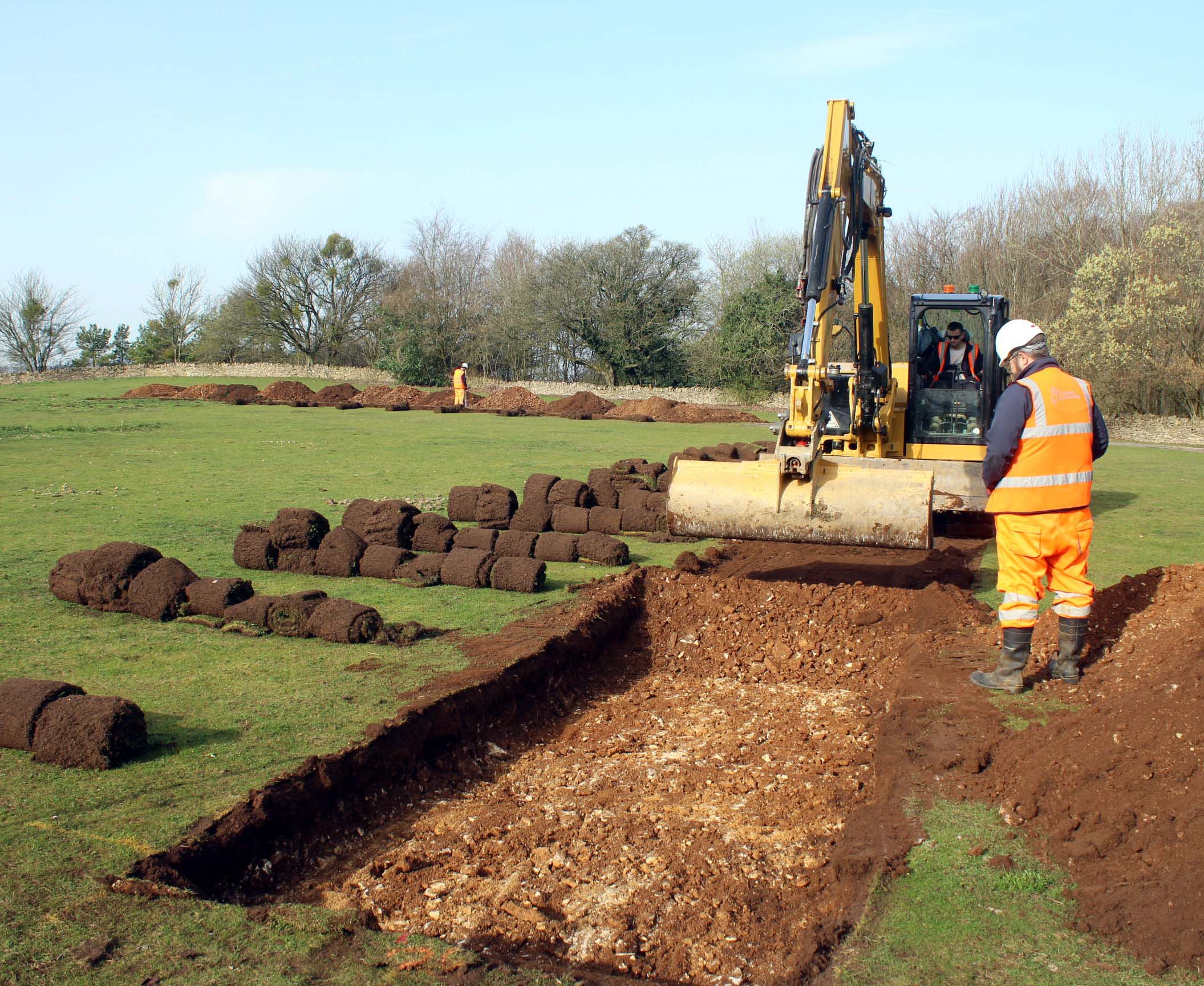
Oxford Cotswold Archaeology (OCA) has started work on National Highways' A417 Missing Link project. Working with Kier Highways, the OCA team expects to help reveal the changing landscape and the lives of local inhabitants over more than 7,000 years. The excavations will extend over 33 hectares and 27 research areas linked to the scheme, which was given the green light by the Government in Autumn 2022. In the previous phase of work to assess the archaeological potential of the area, the team found a Roman Cupid figurine and a brooch, along with a Roman or early Saxon skeleton.
Oxford Cotswold Archaeology will continue to work with landowners and local museums to showcase any artefacts found, so local people can learn more about the history of the area. There will also be a report published into the findings which will detail what has been found, preserving the information for generations to come.
Michael Goddard, Project Director for the A417 scheme, said: “Construction won’t start until later this year, but in the meantime there’s a lot of groundwork to be done – such as site preparations, environmental mitigation, including the installation of wildlife fencing and bat boxes, and renewed archaeological investigations.
“We will be working closely with the Oxford Cotswold Archaeology (OCA) team throughout the life of the scheme to ensure that this rich history is preserved for generations to come.
“Gloucestershire and the Cotswolds have a rich cultural heritage, and the team will bring their expertise to bear in adding to that history. In keeping with National Highways’ approach to protecting the country’s cultural heritage, we will ensure that archaeological remains are preserved and recorded.
“As well as delivering the road upgrade, we’re absolutely committed to conserving and, where possible, enhancing the historic environment and the special landscape around the A417.”
OCA Project Manager, Alex Thompson, said: “Oxford Cotswold Archaeology is very pleased to be supporting National Highways and Kier on the A417 Missing Link project. During our previous evaluation trenching we identified features of Neolithic, Iron Age, Roman, Saxon, medieval, post-medieval, and modern date, so we’re clear that the area really is rich with archaeological potential.
“We recovered some fantastic artefacts during the evaluation stage, including items from WWII, nearly 16kg of pottery, 28 Roman coins, Roman brooches, and a rare figurine depicting Cupid as Hercules.
“We’re all looking forward to delivering this exceptional programme of archaeological mitigation, and uncovering further evidence of the human stories this landscape holds. We hope to be able to share more brilliant discoveries soon!”

Gavin Jones, Project Director at Kier Highways, said: “An archaeological dig is a really exciting time in a project like this. It’s a privilege for us to work with National Highways and Oxford Cotswold Archaeology to potentially uncover some fascinating artefacts.
“We look forward to engaging with the local community as we begin to explore this wonderful part of the country.”
As preparations progress towards construction, work will also include the installation of wildlife fencing and bat boxes, ground investigation surveys, utilities work, such as electrical cabling, the construction of site compounds, and the diversion of public rights of way.
Michael Goddard added: “Our work will become more visible now, and although the preparatory work won’t have too much of an impact, we’ll continue to engage with communities, businesses, and road users, communicating our plans and listening to feedback.”
On an average day, this section of the A417 carries approximately 40,000 vehicles. Congestion can be frequent and unpredictable, and with motorists diverting onto local roads to avoid tailbacks, this causes difficulties for neighbouring communities.
The £460 million scheme, as well as preserving and enhancing the surrounding Cotswolds Area of Outstanding Natural Beauty, will help to eradicate the notorious bottleneck, unlock Gloucestershire’s potential for growth, support regional plans for more homes and jobs, and improve life for local communities. 
